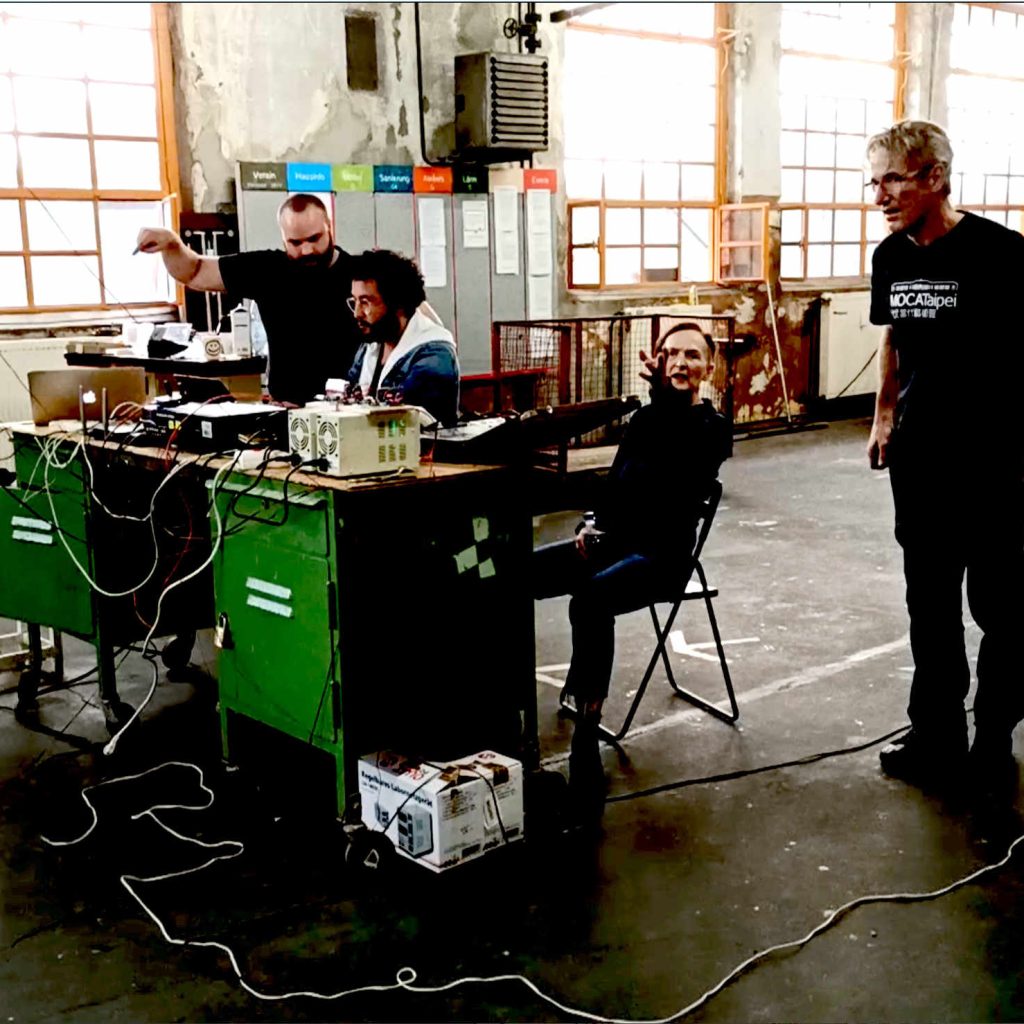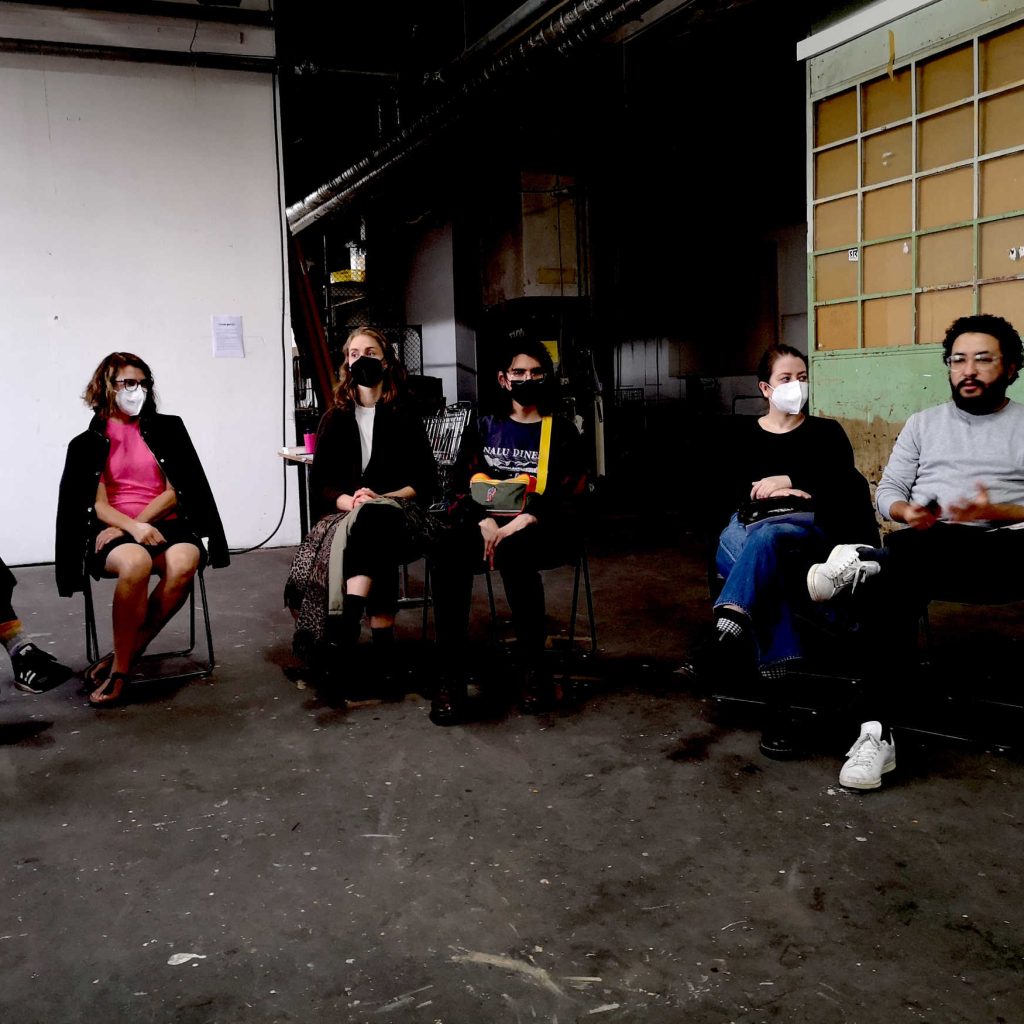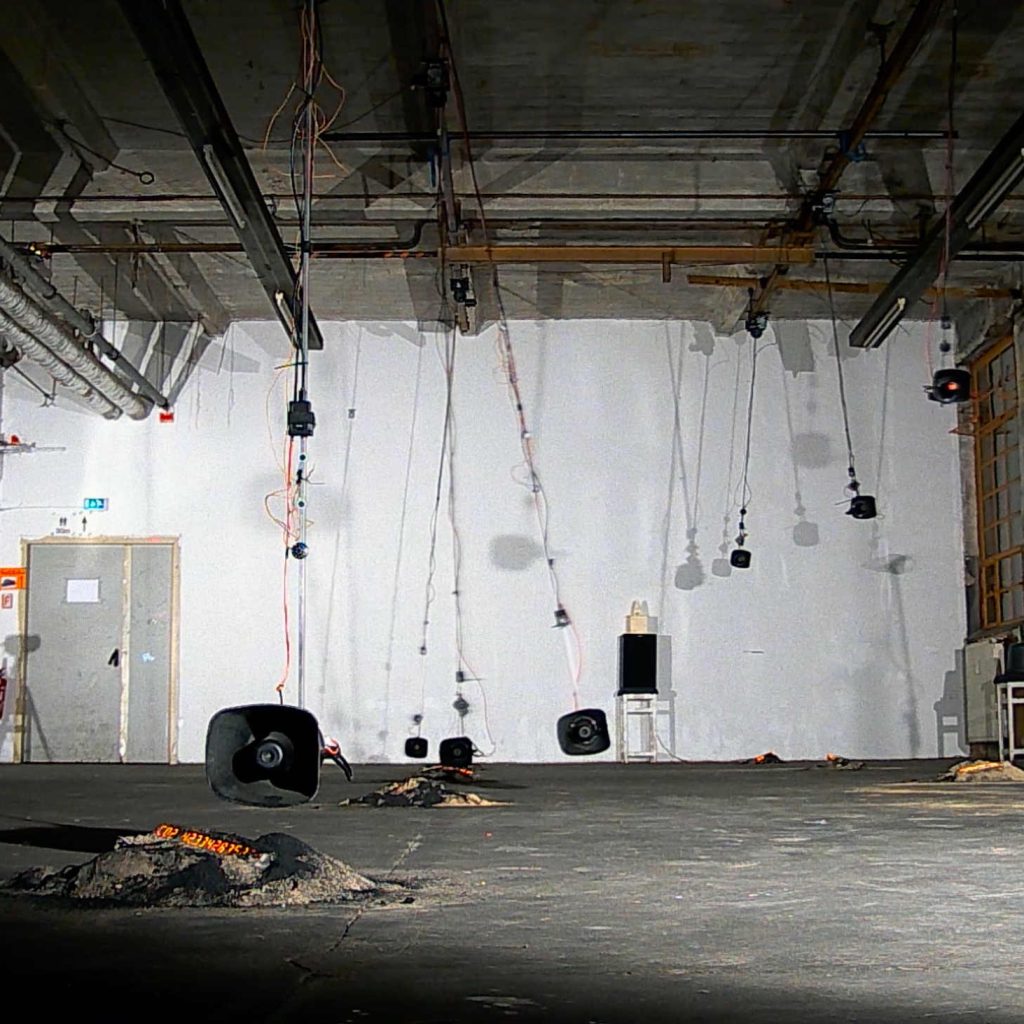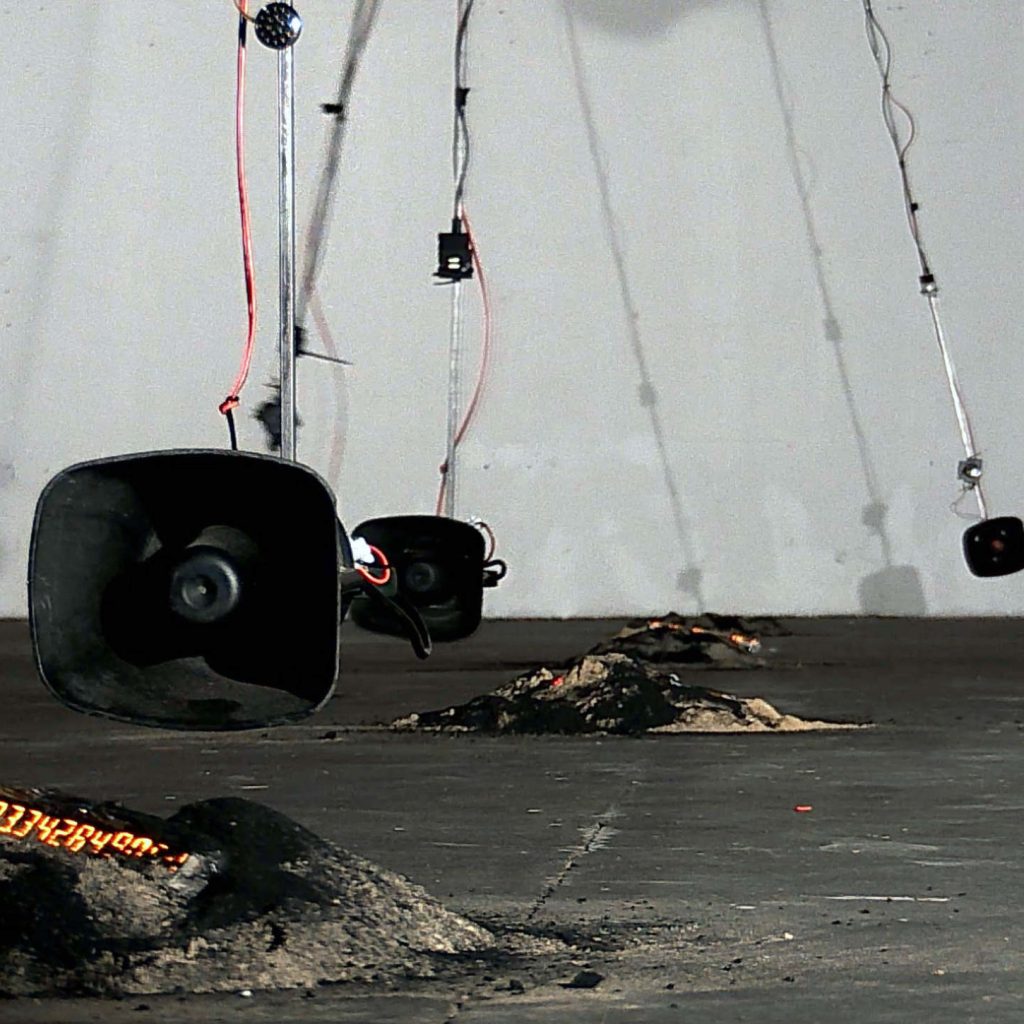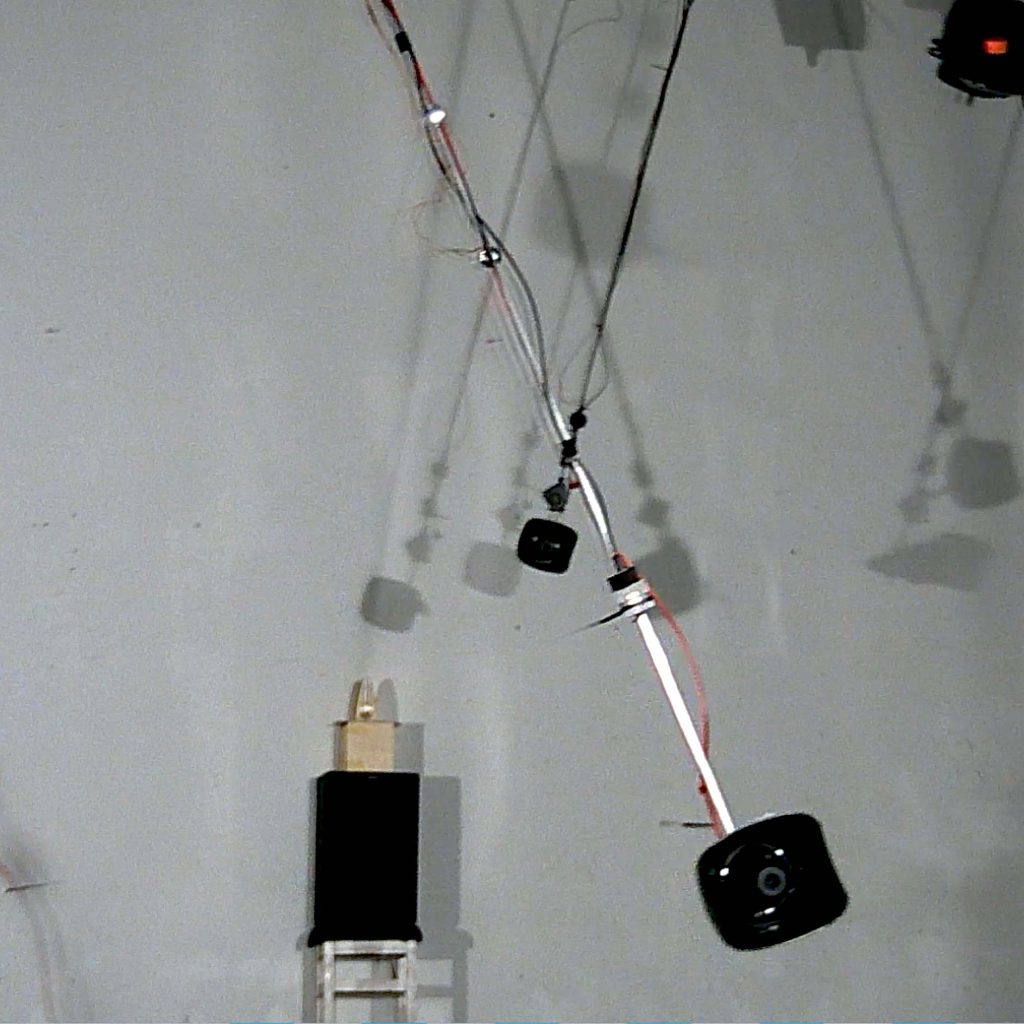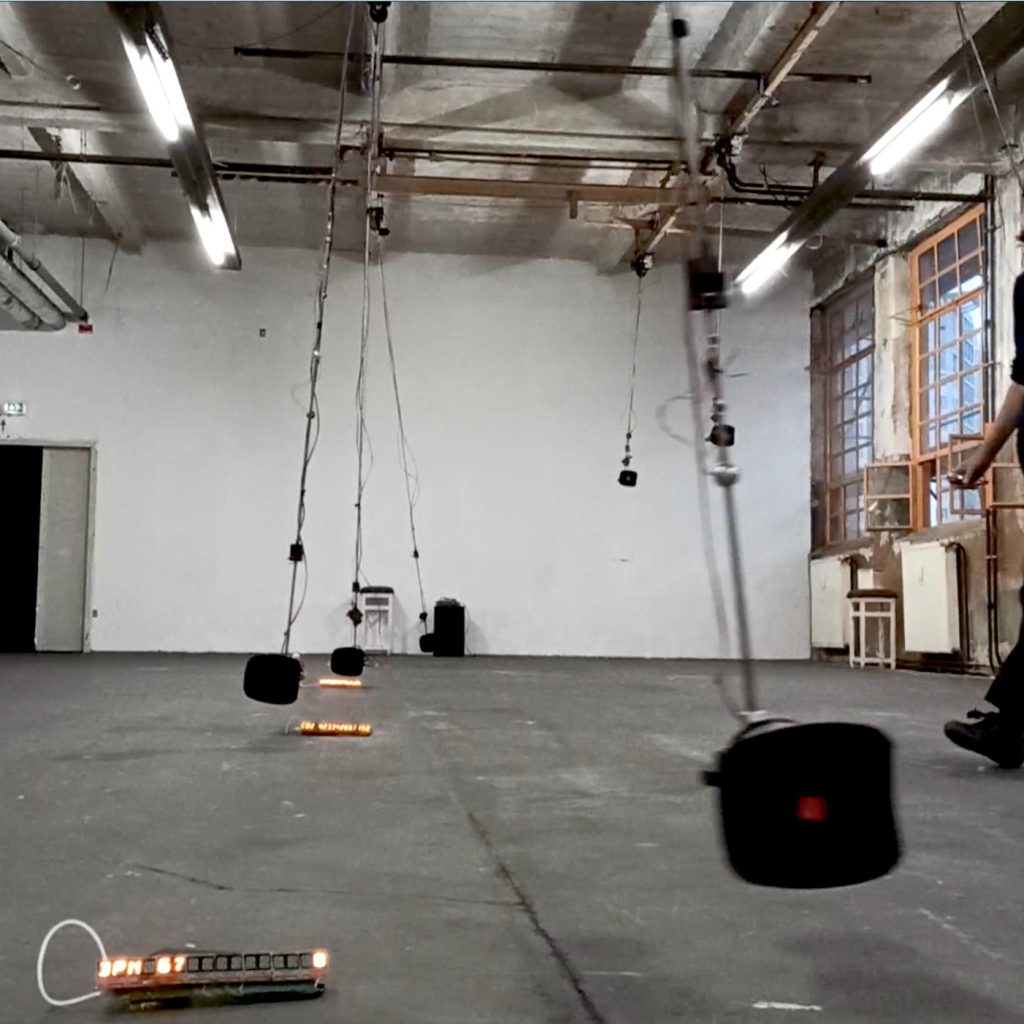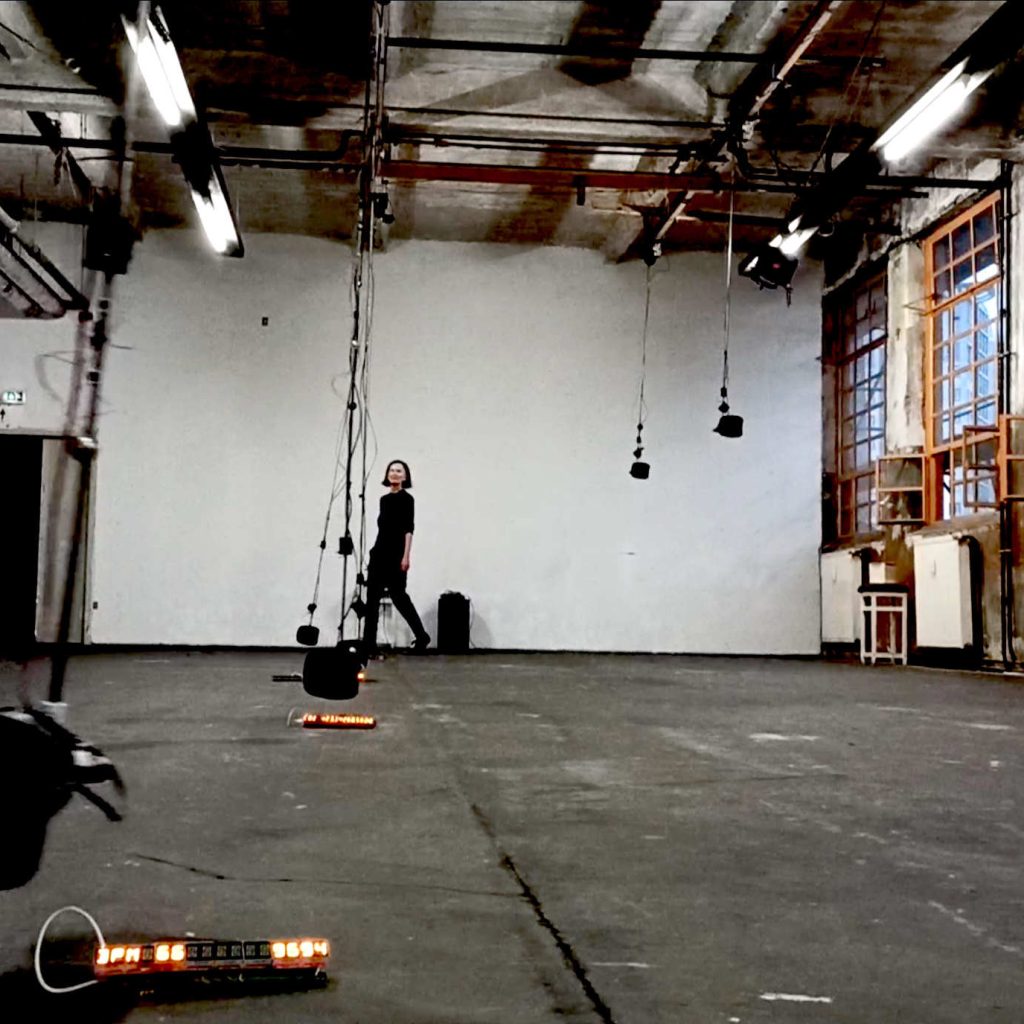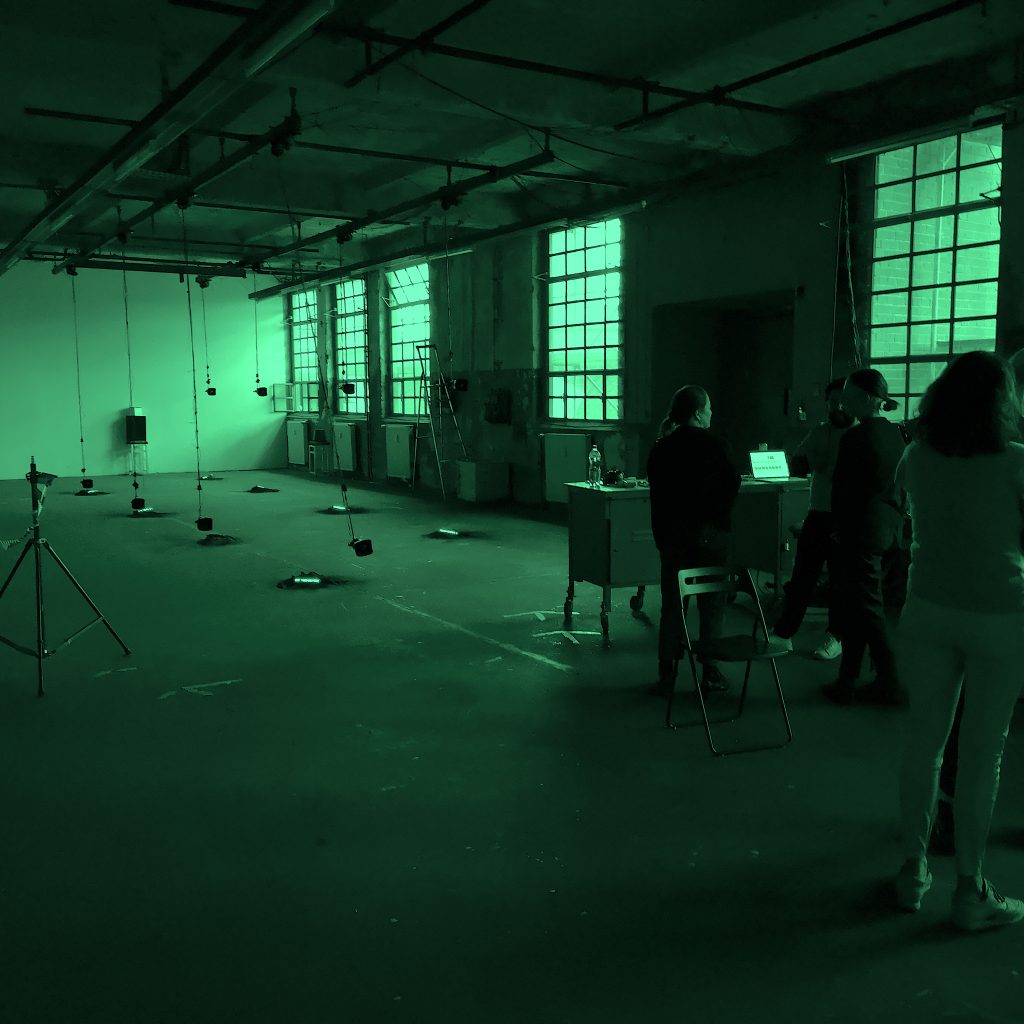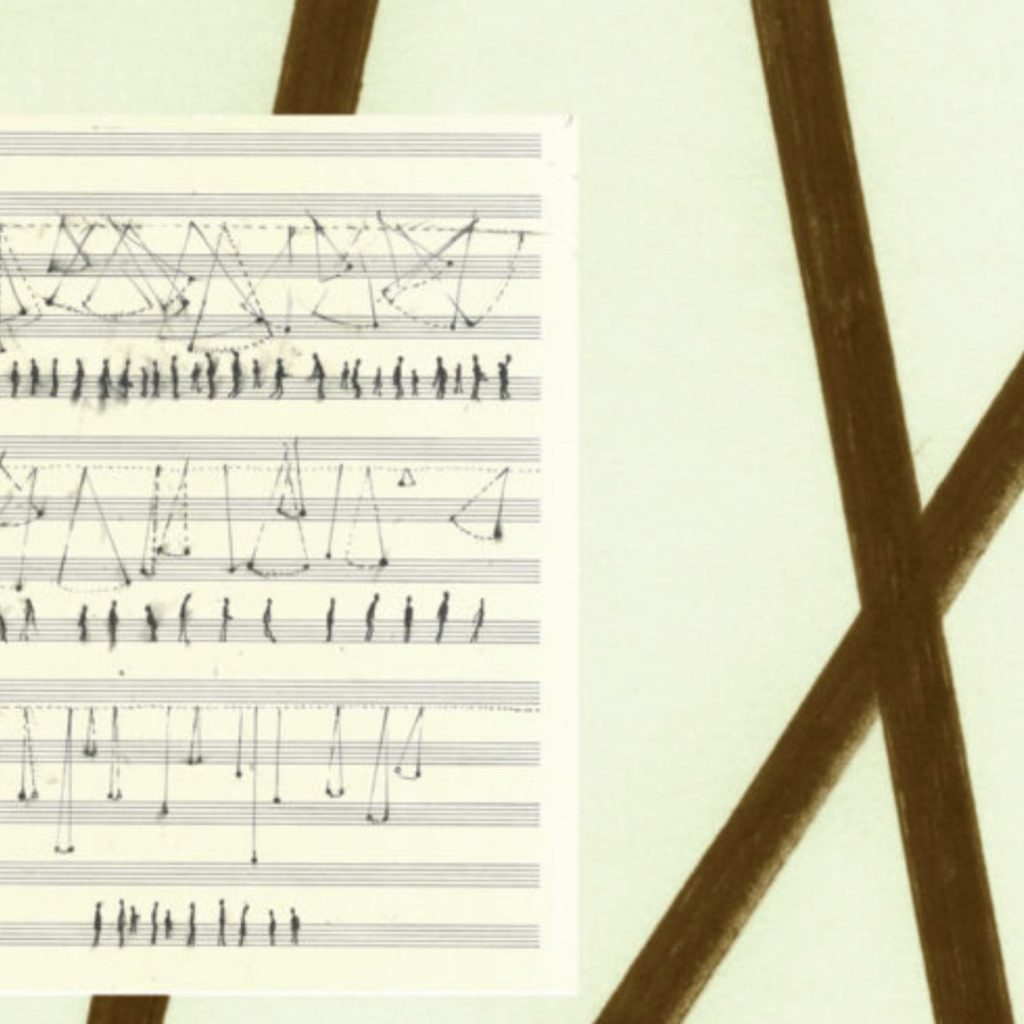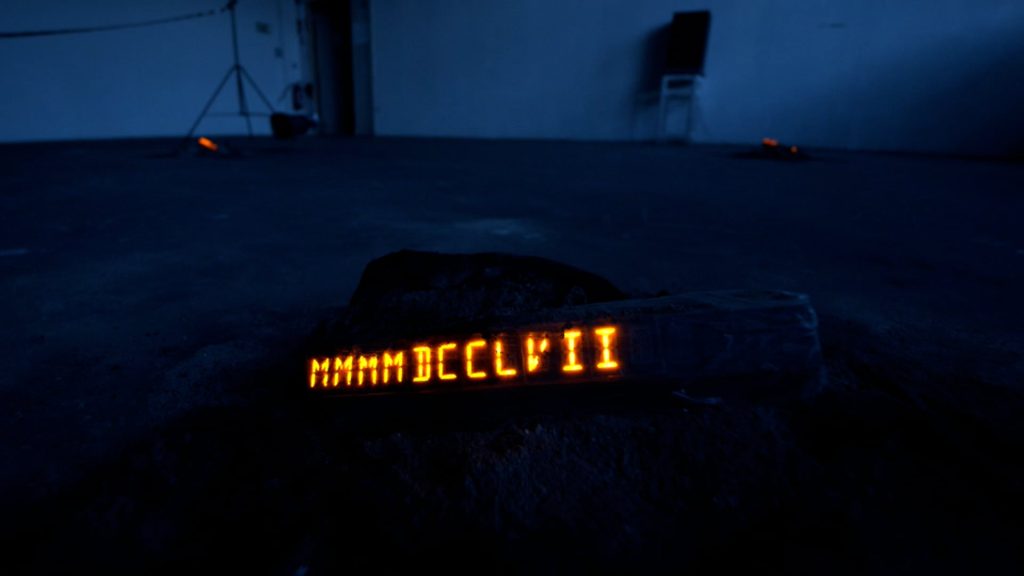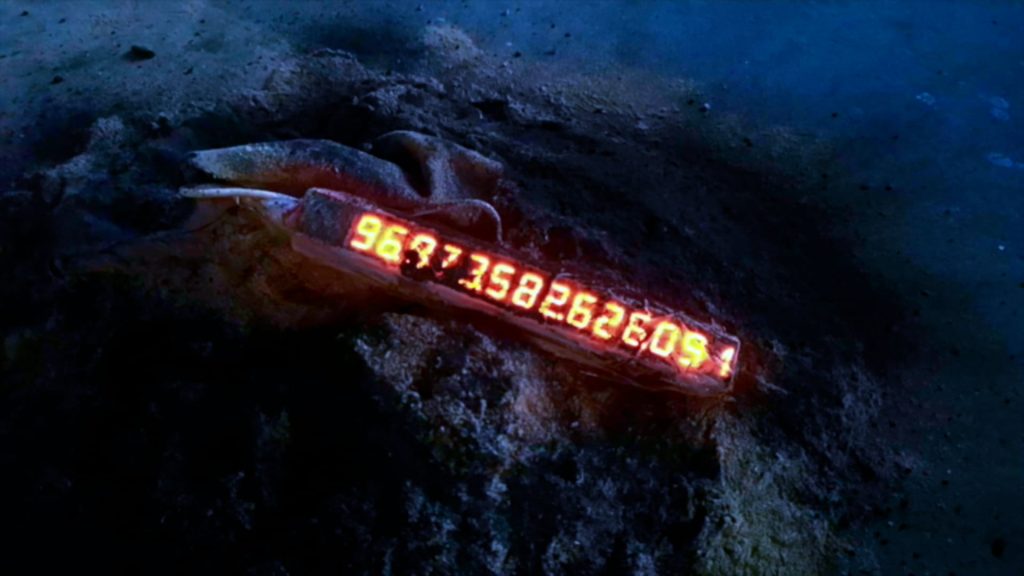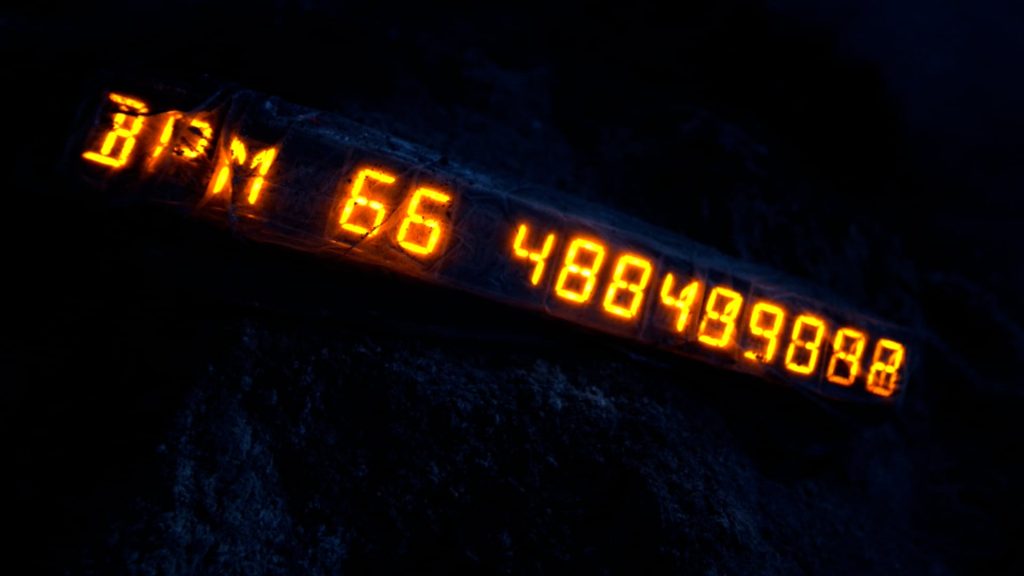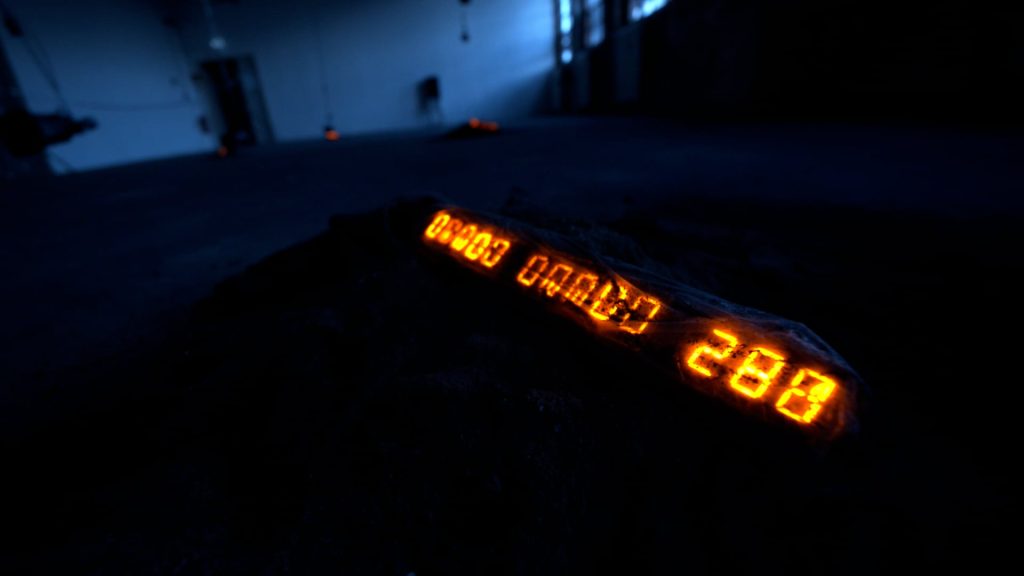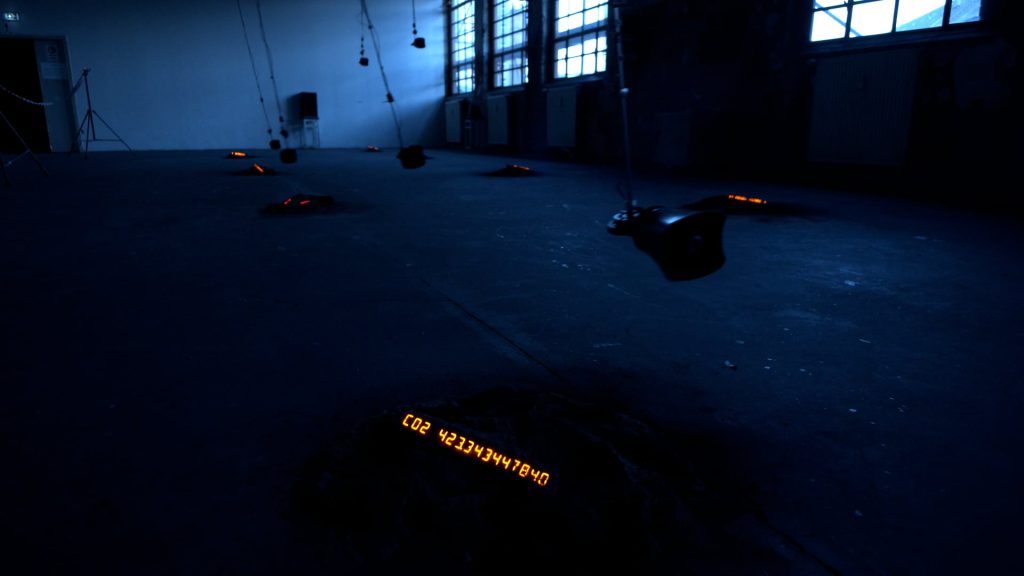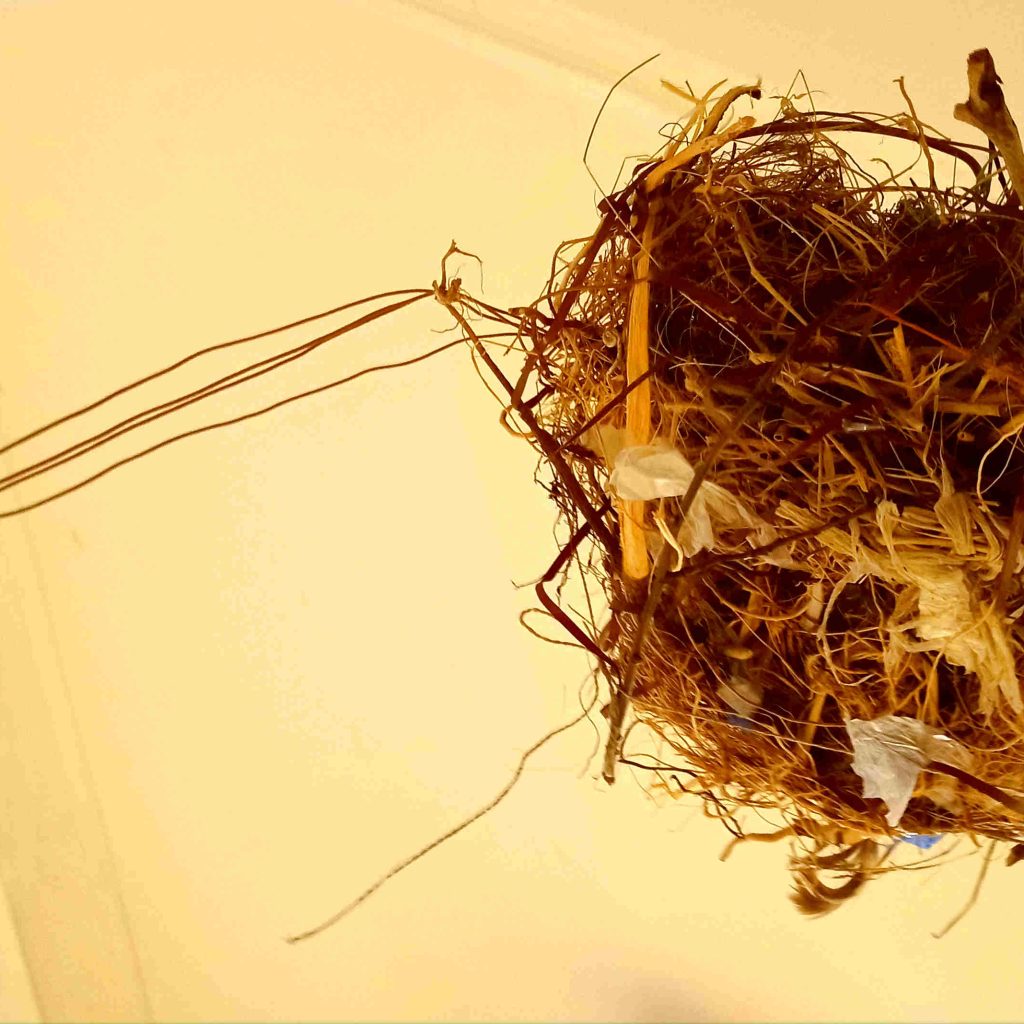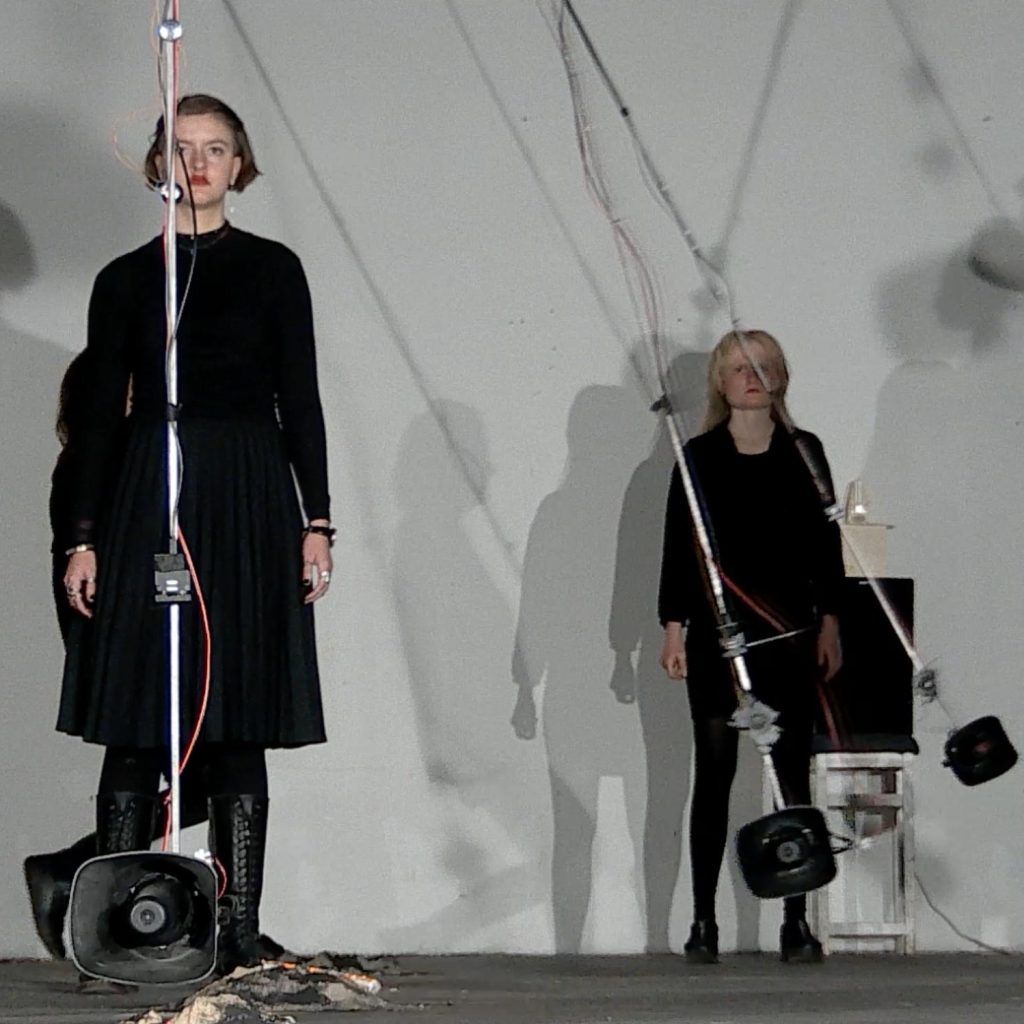Cybernetic Sound Sculptures
https://soundcloud.com/jutta-ravenna/zeiten-pendel-pulsatingSeconds tick by weightily; minutes, hours, days, weeks, months, years: the essence of the pendulum of a grandfather clock is to measure time precisely by the repetitive beat of the pendulum. A metronome, on the other hand, as a timer in music, is able to combine variable tempos within a scale.
Jutta Ravennas Zeiten-Pendel explores the metronome as a sound event that oscillates between stability and instability within multiple ‘sound objects’: swinging loudspeakers in the space. To explore the physical as well as the spatial sonic effects, the size of individual metronomes has been varied and increased to architectural proportions.
The notion of time, visualized in displays, embedded into small hills of ashes, the perception of its passage and how it relates to the awareness of finite are issues recurrentltly explored by Jutta Ravennas work Zeiten-Pendel.
Work genesis
The physical experiments of the pendulum mechanics were realised decoupled from the sound level in the initial phase in order to be coordinated with each other computer-based in the later course of the project. The computer-based audio design is thus dependent on the pendulum mechanics. Altogether, there are four modes: pendulum with sound, pendulum without sound, with sound at standstill or without sound at standstill. With regard to their pendulum frequency and regulation of the motor speed, both levels (sound production and motor drive) are controlled in such a way that a sound can be heard at the pendulum’s turning point. The pendulum orchestra installed on the ceiling is controlled at different tempos with computer-generated sound material. Instead of the typical clicking sound, variable percussive material is combined via sampling. Various types of loudspeakers change the timbre in Jutta Ravenna’s Zeiten-Pendel. Polymetric structures and tempo fluctuations form a further component in the variation. The project concludes with a presentation of the pendulum orchestra that takes into account the specific acoustics of the space.
Between order and chaos, the computer programme, influenced by the self-resonance of the pendulum, controls the movements and both vary speed and deflection based on size, weight and via an adjustable mass. The pulse of time is felt in the synchronous/asynchronous swinging, in the breaking out of a common tempo, in the acceleration/deceleration or standstill of individual pendulum pairs or groups.
Technical team: Carlo Crovato, Nico Daleman, Paul Schuladen, Jan Mudrak and Dorian Lange.
With the support of Initiative Neue Musik Berlin, Musikfonds, Neustart Kultur and Errant Sound e.V.
